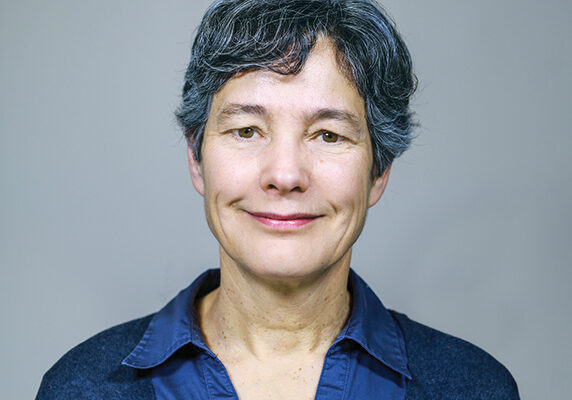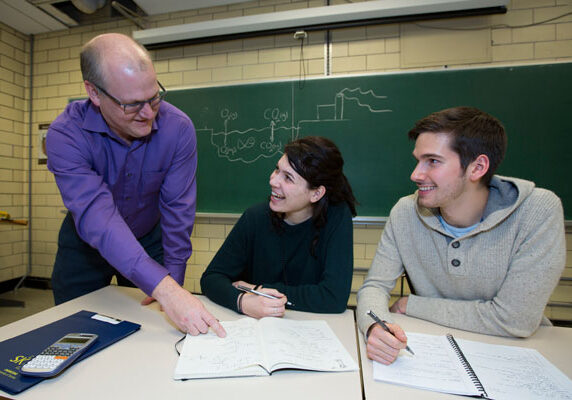
U of T Engineering’s Claire Kennedy elected chair of Governing Council
Claire Kennedy (ChemE 8T9) has been elected as the new chair of the University of Toronto Governing Council
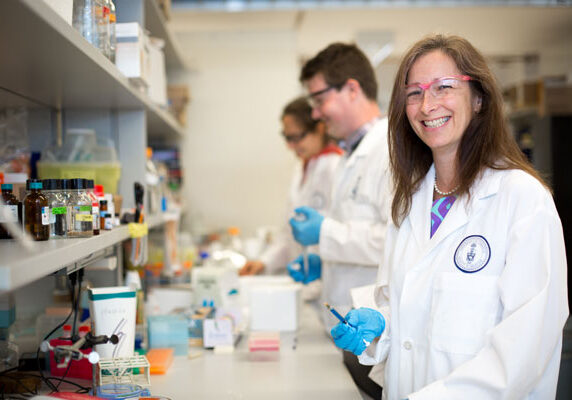
Molly Shoichet receives Killam Prize in Engineering
Award presented to Canadians who risk, innovate and lead the next generation of brilliant minds to a stronger future
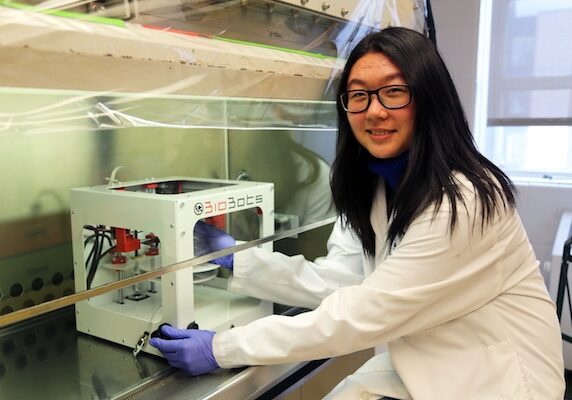
High school student wins Sanofi Biogenius Canada competition for 3D tumour research at U of T Engineering
Jody Mou designed a system to rapidly manufacture 3D tumour models used in cancer research

U of T Engineering students receive record number of 2017 Cressy Awards
Twenty-eight 2017 Gordon Cressy Student Leadership Awards have been awarded to U of T Engineering students
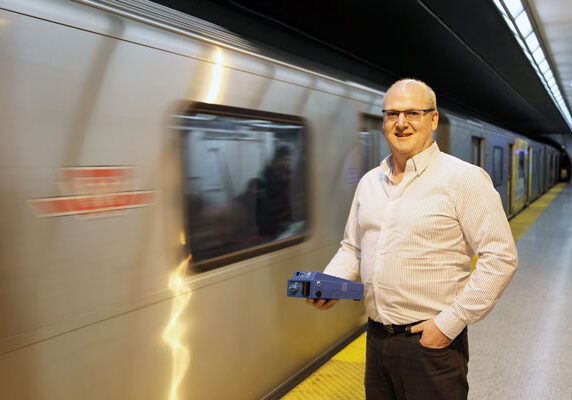
Toronto’s subways expose passengers to more air pollution than Montreal, Vancouver systems
Airborne particulates on subway platforms and trains are up to 10 times higher than outside air, around three times higher than levels in Montreal’s Metro

Three U of T engineers honoured by Engineers Canada
Amy Bilton, Ted Maulucci and Larry Seeley are among the recipients of the 2017 Engineers Canada Awards.
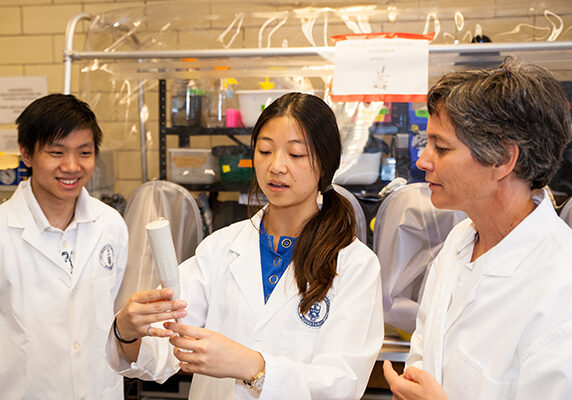
Elizabeth Edwards receives a 2017 Faculty Award for outstanding teaching and research
The annual prize recognizes U of T teaching staff who consistently demonstrate all-around excellence in both their scholarly work and in the classroom

